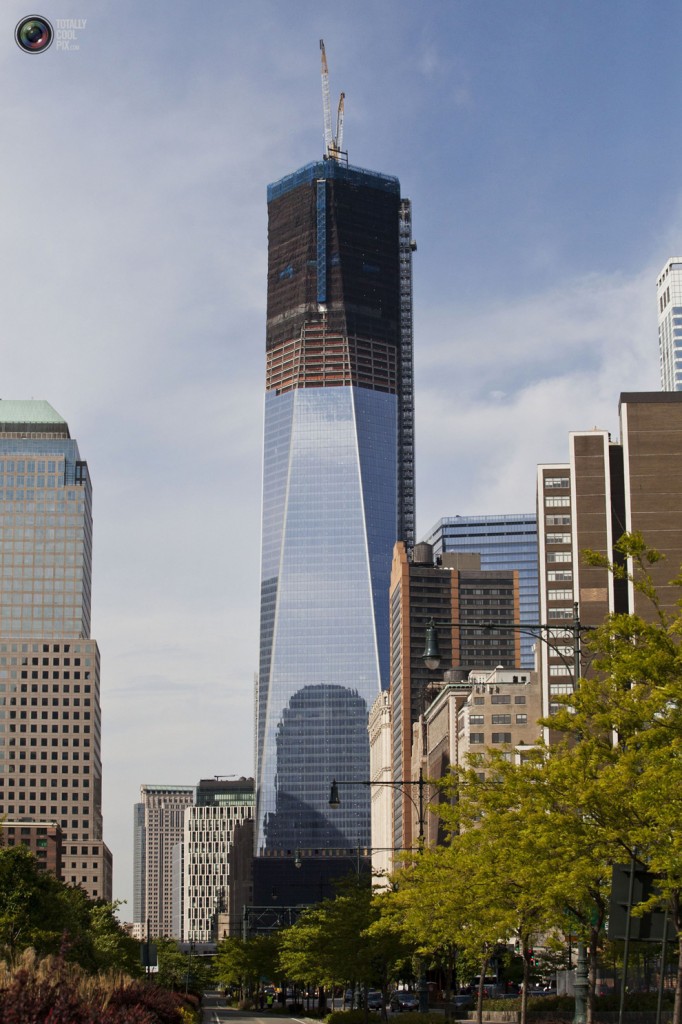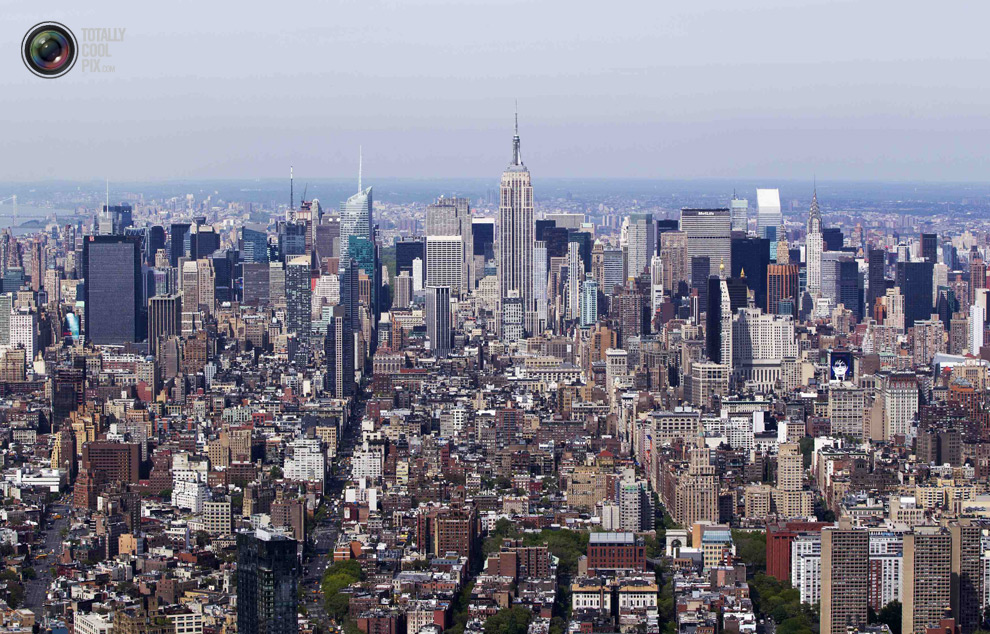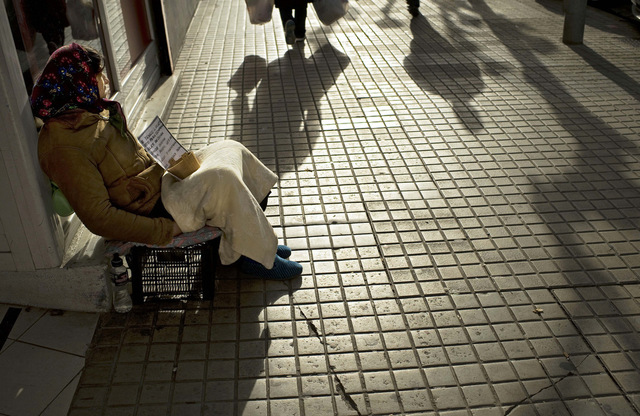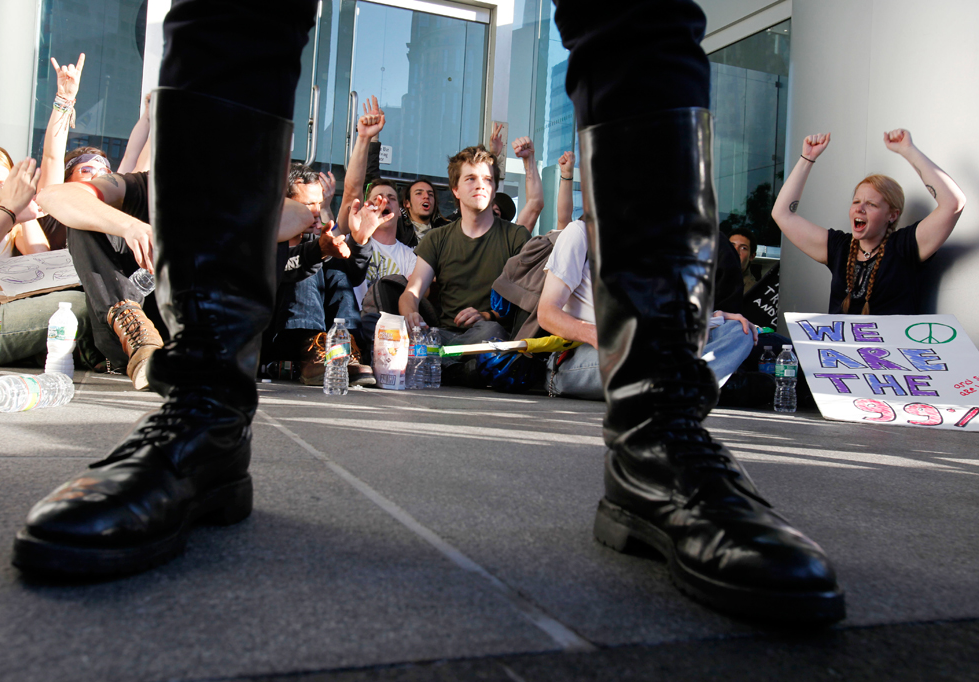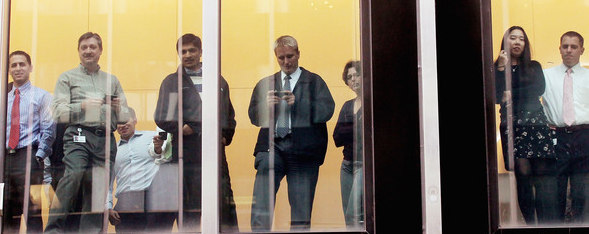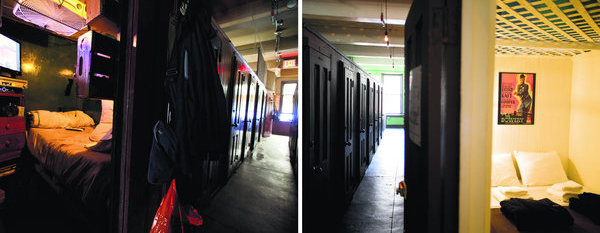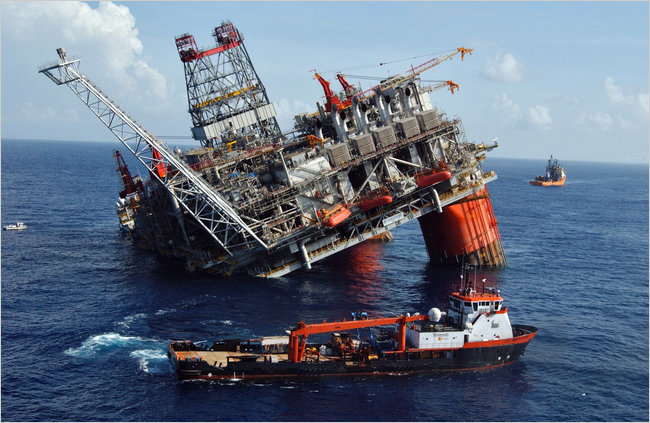Shot from ground level somewhere in nearby Battery Park, the photograph above features the construction of One World Trade Center (OWTC) as it nears completion slated for sometime in 2013.. This past week it grew to 1,271 feet high, making it arguably the tallest building in New York City. By the time it is completed it will sprout an additional 505 feet, to a height of 1,776 feet, and will lay claim to being the tallest building in the United States.
We will no doubt be seeing many pictures of OWTC in the coming year, but I was especially struck by the juxtaposition of this photograph with another in a slideshow on the building of the tower at Totally Cool Pix, shot from the 90th floor and looking out over the Empire State Building and lower Manhattan.
Although the two photographs are separated by a number of others depicting construction workers on the job, their proximity is nevertheless close enough to invoke the effect of a cinematic technique known as “shot reverse shot.” In this technique the camera reverses back and forth between two subjects so as to create the seamless appearance that they are looking at one another along a common eye line in a common space. The shot reverse shot is symptomatic of what is often characterized as the classical Hollywood style, a realist style that erases the role of the camera in the production of meaning and emphasizes a narrative structure driven by linear, chronological, and logical continuities that animates a rational, goal-oriented conclusion to a problem.
The effect here is to anthropomorphize the new tower as it both sees and is seen. In the first image the tower is an object of desire that looms over the surrounding cityscape, even as it absorbs it in its mirrored surface. It is seen from a human perspective that underscores its magnitude—sleek, polished, and standing tall— even before it achieves completion. In the second image the tower is no longer seen, but rather becomes the site for seeing. Sharing the line of sight of the new tower one looks out over Lower Manhattan, and all that one sees, including the Empire State Building, once thought of as a marvel of modern technology, is dwarfed in its presence. But more than just accenting the magnitude of scale, the view naturalizes the logical rationality of the new tower’s location within what is generally understood to be the center of U.S. business and commerce. A place for everything and everything in its place. A building was tragically destroyed, but now it remerges, Phoenix-like, from the ashes of an earlier tragedy. Nature restores itself.
The shot reverse shot logic of the relationship between the two photographs invites the viewer to locate the (re)construction of the edifice as not just another technological wonder, but as a seamless, natural event. But what exactly is the event we are being encouraged to witness? That the new building is dubbed “Freedom Tower” is not incidental in this regard, and neither is the fact that when completed it will be 1,776 feet tall—a number that recalls the origins of the new nation. In short, the relationship between the two photographs reinforces a narrative that frames an allegedly natural (re)birth of the nation in which freedom is defined as a fundamentally capitalist enterprise. That may or may not be a good story to tell, but it is perhaps equally important to note that a different photographic array—or a different visual style—might underscore the arrogance of our deification of that relationship and the implications it has for how those around the world view us.
Photo Credits: Andrew Burton/Reuters; Lucas Jackson/Reuters
